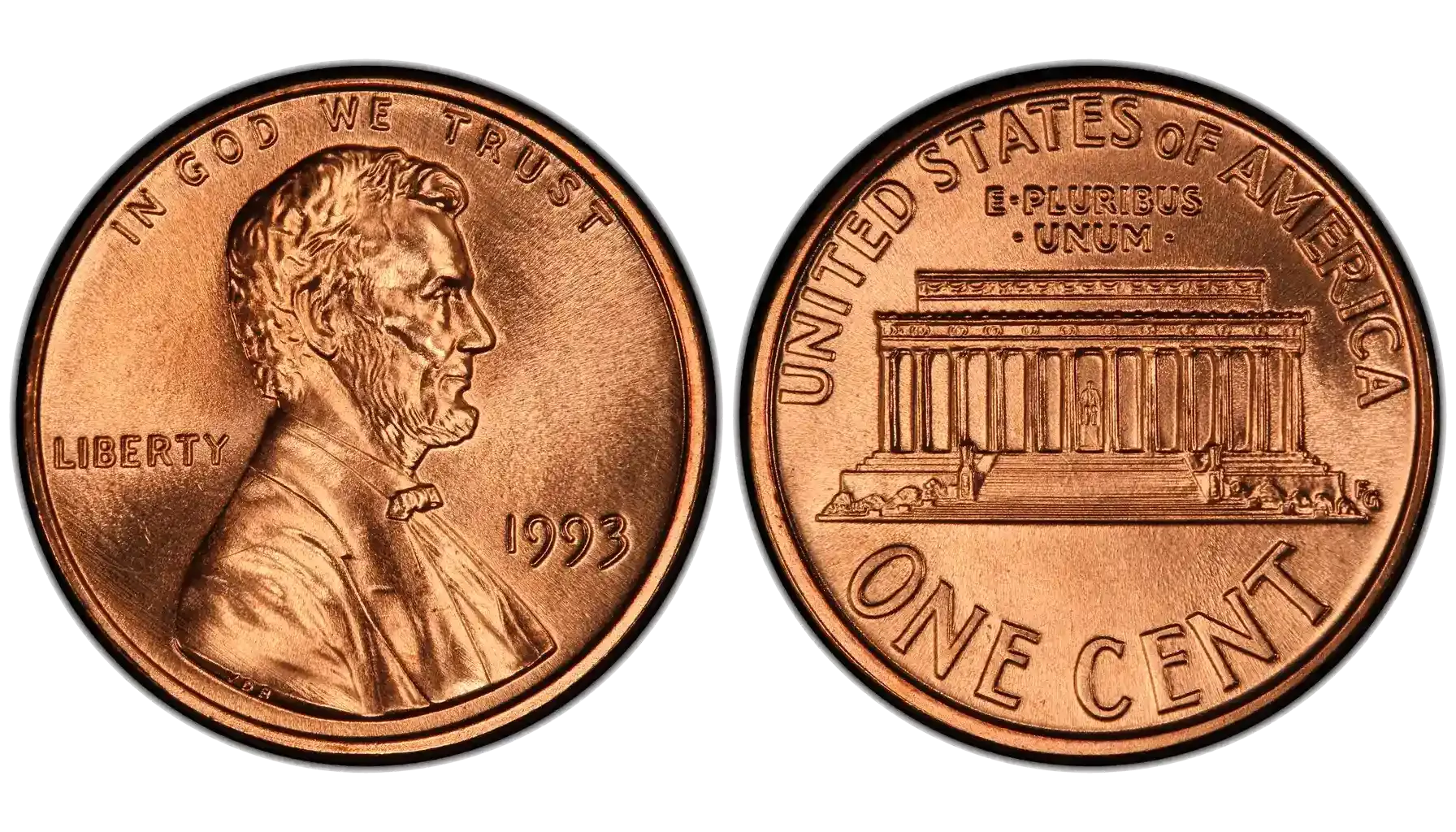Contents:
Have you ever wondered, how much is a 1911 nickel worth? Identifying the value of an old coin you found or one you already own can be quite a marvelous adventure.
The best way to unveil the mysteries within your coin collection is to immediately use a coin identifier app for free – truly a mastery in the domain of numismatics!
1911 Liberty Head Nickel Philadelphia No Mint
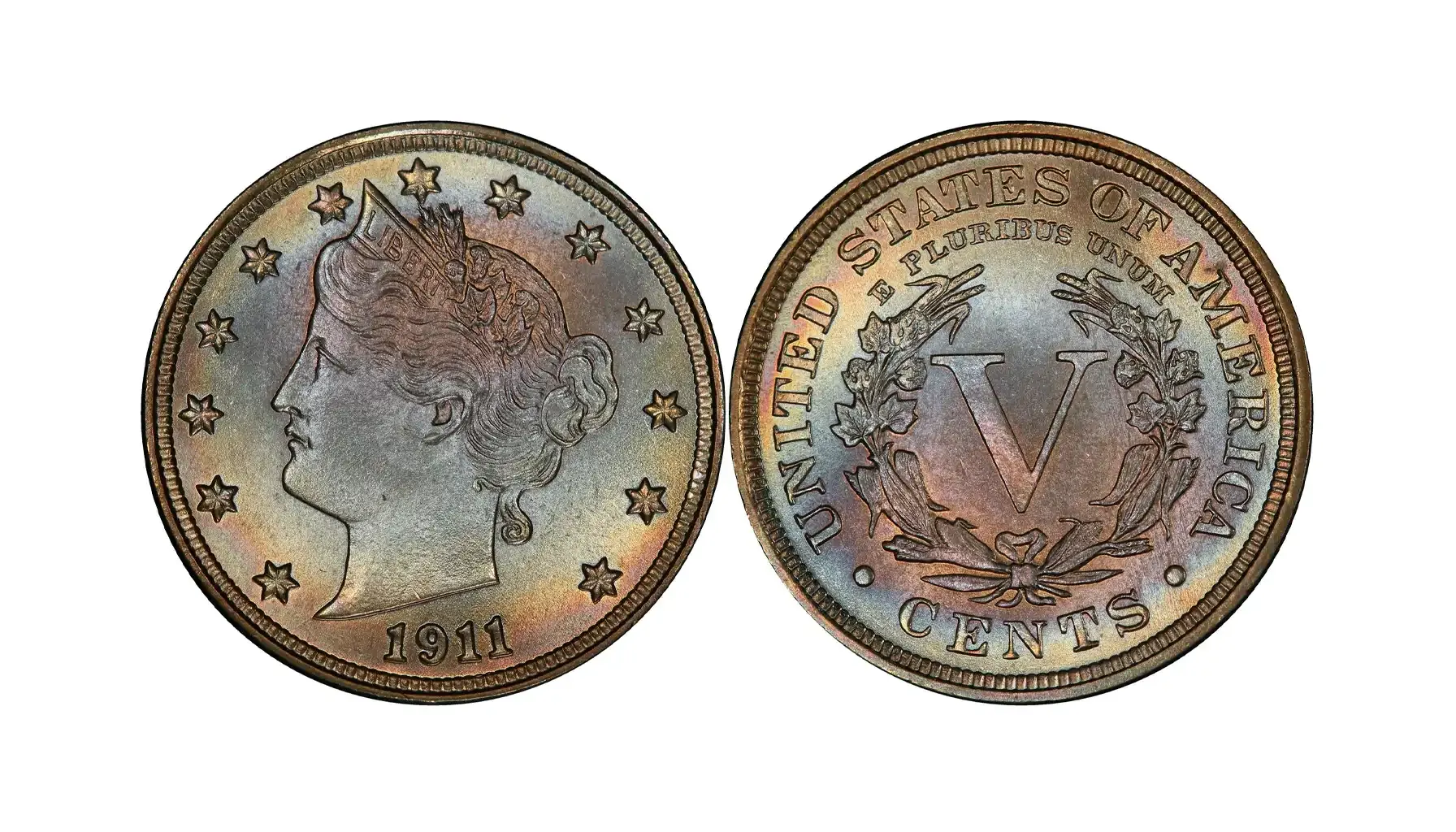
Name | 1911 Liberty Head Nickel (No Mint Mark) |
Special Features | Features the iconic "V" on the reverse, representing its denomination, and the Liberty portrait on the obverse. The absence of a mint mark signifies it was produced at the Philadelphia Mint. |
Mintage | 39,557,639 (Business Strikes) |
Price | $15 - $1,500~ (depending on condition) |
Listed prices are approximate and may vary depending on the coin's condition, market demand, and other factors
Market Value
Grade | Price (USD) |
Good (G-4) | $15 - $25 |
Fine (F-12) | $30 - $50 |
VF (VF-20) | $60 - $100 |
AU (AU-58) | $150 - $300 |
MS (MS-63) | $400 - $700 |
MS (MS-65) | $800 - $1,500~ |
Historical Context
Understanding the 1911 V nickel value requires considering its condition and scarcity.This coin from the Philadelphia Mint was issued in the penultimate year of this classic series, just before the introduction of the Buffalo Nickel in 1913. This period was marked by the end of the Progressive Era under President William Howard Taft and the growing international tensions that would eventually lead to World War I.
With a mintage of over 39 million coins, this was the highest mintage year for the entire series. This high production meant the 1911 US nickel served as everyday currency during a time of significant social and economic transformation in the United States. Many saw extensive circulation, making well-preserved, uncirculated examples notably more valuable to collectors today. The 1911 nickel with a V on the back, was a familiar sight in pockets across the nation.
1911 Liberty Head Nickel Proof Philadelphia No Mint

Name | 1911 Liberty Head Nickel Proof |
Special Features | Struck at the Philadelphia Mint with specially prepared dies and planchets, resulting in a highly polished, mirror-like finish. Intended for collectors rather than circulation. |
Mintage | 1,733 |
Price | $250 - $5,000~ (depending on condition) |
Listed prices are approximate and may vary depending on the coin's condition, market demand, and other factors
Market Value
Grade | Price (USD) |
PR (PR-60) | $250 - $350 |
PR (PR-63) | $350 - $500 |
PR (PR-65) | $600 - $1,000 |
PR (PR-66) | $1,500 - $3,000 |
PR (PR-68) | $3,000 - $5,000~ |
Historical Context
Proof coins, like the 1911 Liberty Head Nickel Proof, were produced in very limited quantities by the Philadelphia Mint specifically for collectors. The coins received special treatment during their production through the use of well-maintained dies and prepared blanks which gave the coins a sharp mirror-like finish that separates them from regular business coins.
The low mintage of just 1,733 pieces makes them significantly rarer and more valuable than their circulating counterparts. The proofs display the original artistic design of the 1911 Liberty V nickel through unblemished preservation from daily handling. For those collecting the 1911 V nickel coin value these proofs represent the pinnacle of 1911 Liberty Head nickel worth.
1911 Liberty Head Nickel Doubled Die Obverse
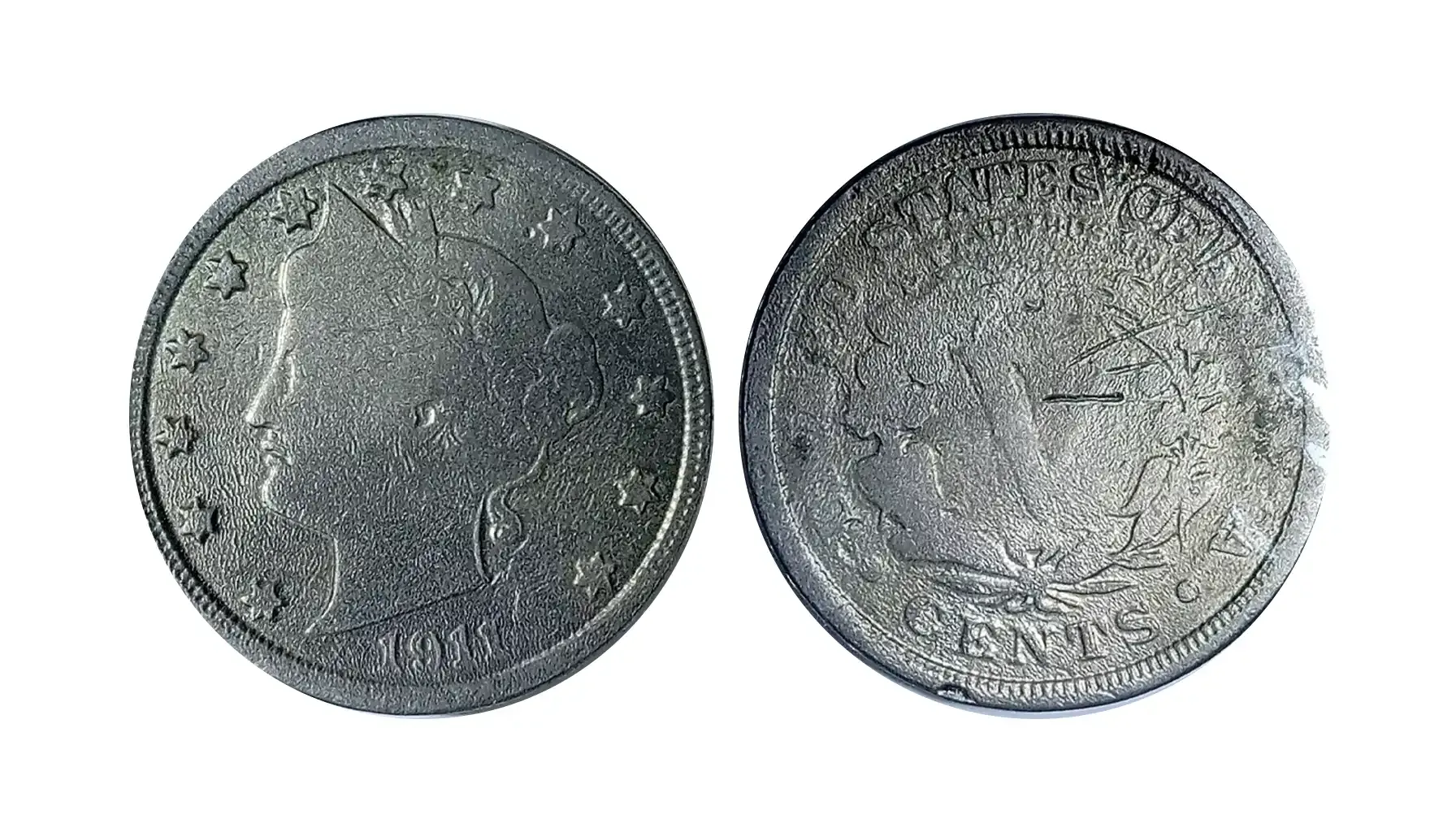
Name | 1911 Liberty Head Nickel DDO |
Special Features | Evidence of doubling on the obverse (front) design elements, such as the date and "LIBERTY." This occurs when the working die receives multiple, slightly misaligned impressions from the master hub during its creation. |
Mintage | Extremely Low (Accidental finds, unique to specific dies; no official mintage) |
Price | $50 - $1,000s~ (Value depends heavily on the strength of doubling and coin grade) |
Listed prices are approximate and may vary depending on the coin's condition, market demand, and other factors
Market Value
Grade (Severity) | Price (USD) |
Circulated (Minor DDO) | $50 - $200 |
Circulated (Strong DDO) | $200 - $800 |
Uncirculated (Minor DDO) | $500 - $1,500 |
Uncirculated (Strong DDO) | $1,500 - $5,000~ |
Historical Context
Doubled die errors are a fascinating result of the minting process, occurring when a coin die receives multiple, slightly misaligned impressions during its creation. Manual processes in die production occasionally led to such imperfections. While specific, highly prominent DDOs for the nickel 1911 might not be as widely publicized as those on other coin types, subtle forms of doubling can still be found by vigilant collectors.
The 1911 US nickel displays particular manufacturing flaws which reveal typical issues in early 20th century coin production. The accidental errors in coin production contribute to the 1911 V nickel value for collectors who specialize in error coins.
1911 Liberty Head Nickel - Off-Center Strike
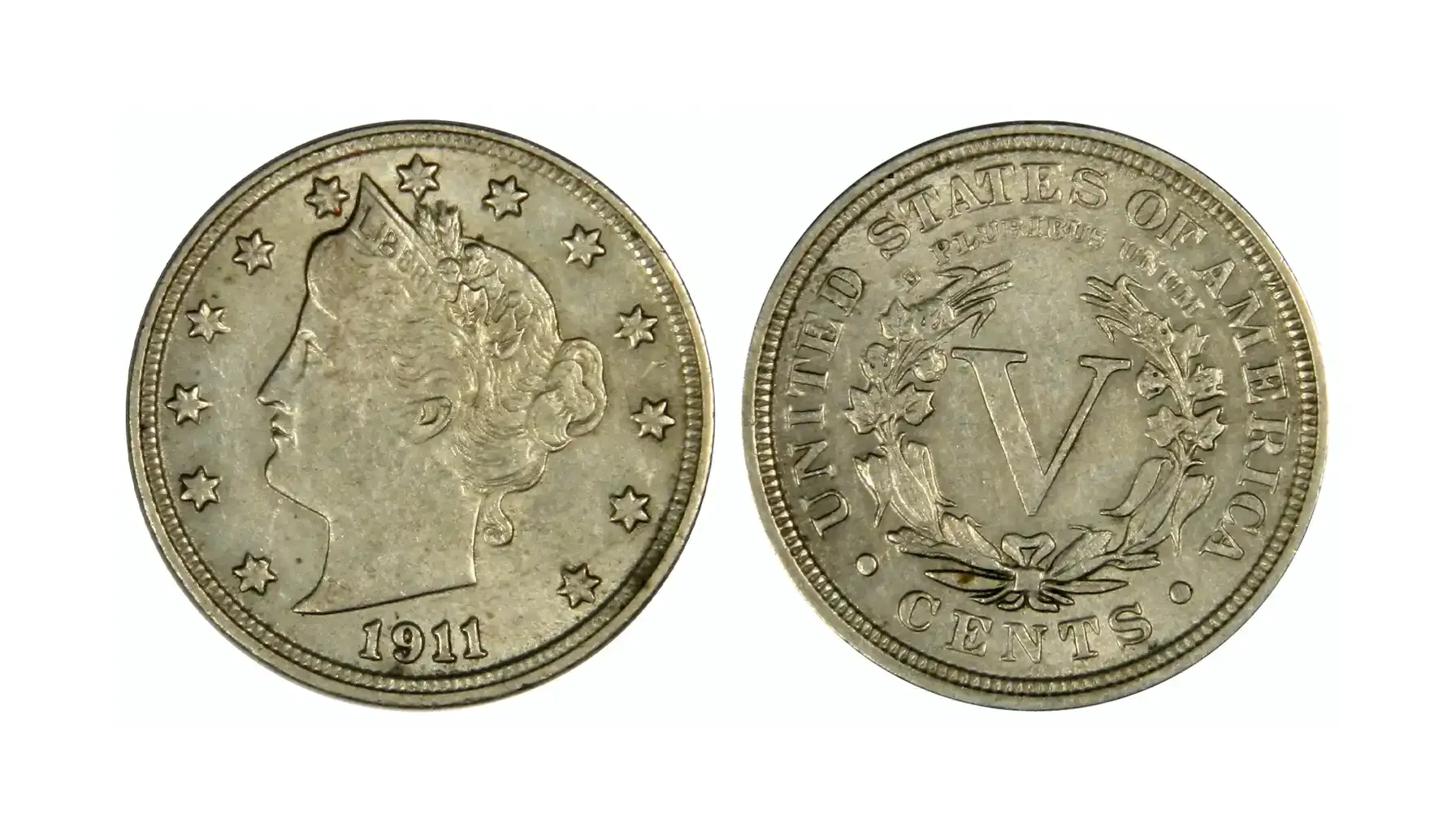
Name | 1911 Liberty Head Nickel - Off-Center Strike |
Special Features | The coin's design is not fully contained within the coin's perimeter, leaving a blank crescent on one side and truncating the design on the opposite side. The percentage off-center determines the severity and value. |
Mintage | Extremely Low (Occasional anomalies across all mints; no official record) |
Price | $20 - $500~ (Highly dependent on percentage off-center and whether the date is visible) |
Listed prices are approximate and may vary depending on the coin's condition, market demand, and other factors
Market Value
Degree Off-Center & Grade | Price (USD) |
Minor (1-5% off) | $20 - $75 |
Moderate (5-20% off) | $75 - $250 |
Significant (20-50% off) | $250 - $500~ |
Extreme (>50% off, date legible) | $500~ (if key features are visible) |
Historical Context
Off-center strike errors were more common in early 20th-century minting operations due to less precise coin-feeding mechanisms. The off-center strike occurs when the coin blank is not perfectly aligned within the coining press's collar before the dies strike it. The final product features a coin design that extends beyond the edge so it creates a missing section on one side. These 1911 V nickel error coins are highly sought after by collectors as tangible evidence of a minting malfunction.
These coins function as an exclusive entry to observe how United States mint facilities operate. Mint during a period of rapid industrialization and the final years of the 1911 Liberty nickel design, showcasing the occasional imperfections that could arise in mass production. Such errors can significantly boost the 1911 nickel value today.
1911 Liberty Head Nickel - Die Break Error
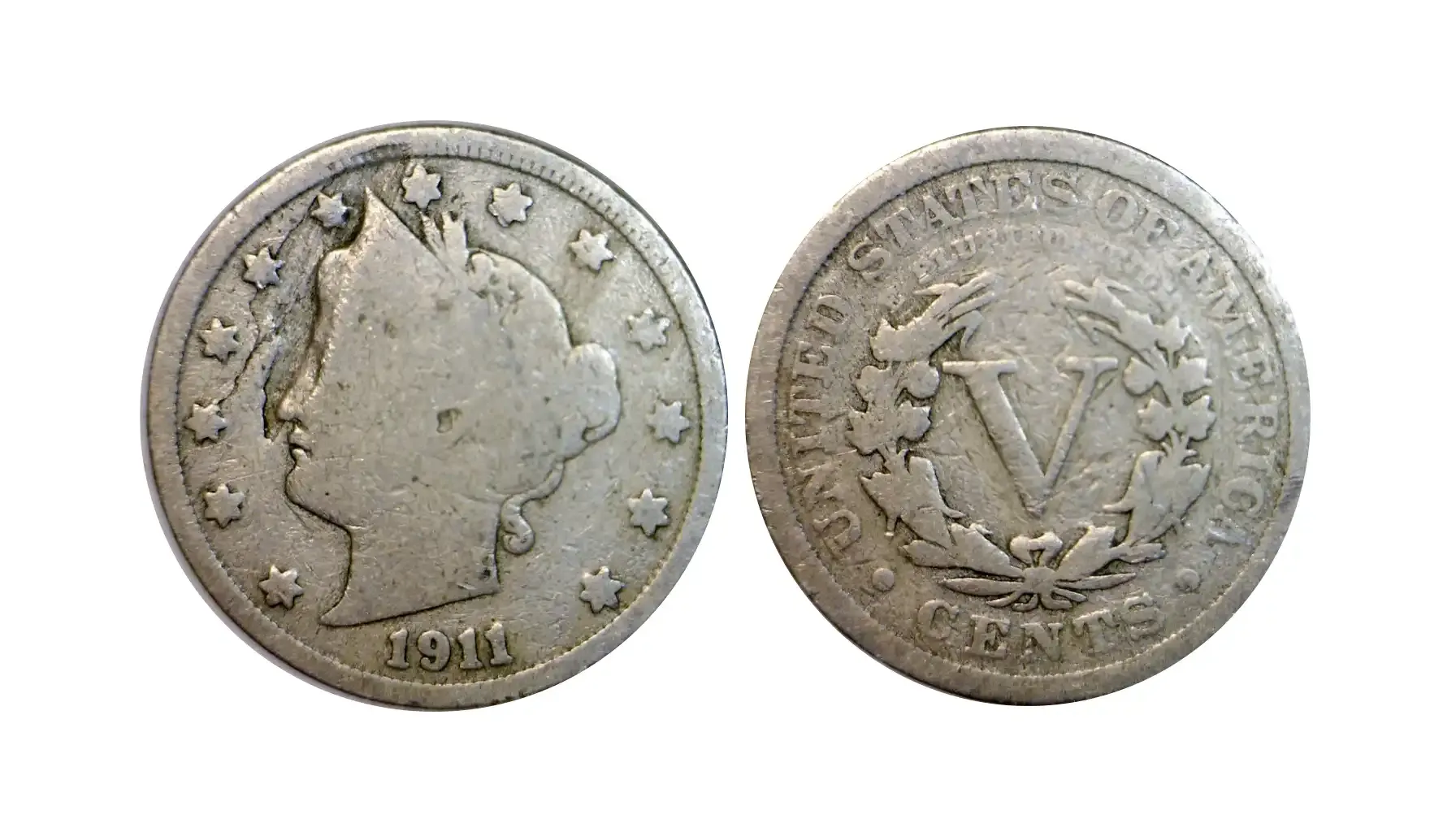
Name | 1911 Liberty Head Nickel - Die Crack Error |
Special Features | A raised line or irregular lump on the coin's surface, corresponding to a crack or piece breaking off the working die. Die breaks can range from thin, faint lines (die cracks) to large, raised areas (cuds) where a piece of the die broke off entirely. |
Mintage | Extremely Low (Accidental and sporadic; mintage figures are unknown, as they represent production anomalies) |
Price | $10 - $500~ (Value is highly dependent on the visibility, size, location, and overall visual impact of the die break) |
Listed prices are approximate and may vary depending on the coin's condition, market demand, and other factors
Market Value
Type of Break & Grade | Price (USD) |
Minor Die Crack (Circulated) | $10 - $30 |
Significant Die Crack (Circulated) | $30 - $100 |
Minor Die Break (Uncirculated) | $50 - $200 |
Major Die Break (Cud - Uncirculated) | $200 - $500~ |
Extensive Die Break / Complex Cud | $500 - $1,500~ |
Historical Context
Die breaks and die cracks are a direct consequence of the immense pressure and continuous striking endured by coinage dies. In 1911, as mints worked to supply the nation's currency, the dies were under considerable stress, which could lead to fatigue and fracturing over time. When a die cracks, the metal of the struck coin flows into the fissure, leaving a raised line on the coin's surface. If a piece of the die breaks off entirely, it creates a raised, unengraved area known as a "cud."
These types of coins imperfections are highly valued by collectors as they offer tangible evidence of the die's lifespan and the rigorous conditions of minting in the early 20th century. A prominent die break on a 1911 Liberty Head Nickel serves as a unique historical artifact, directly connecting the 1911 nickel coin value to the wear and tear of its production era.
Additional Rare Coin Guide — 1911 "Buffalo Nickel" Fantasy Token
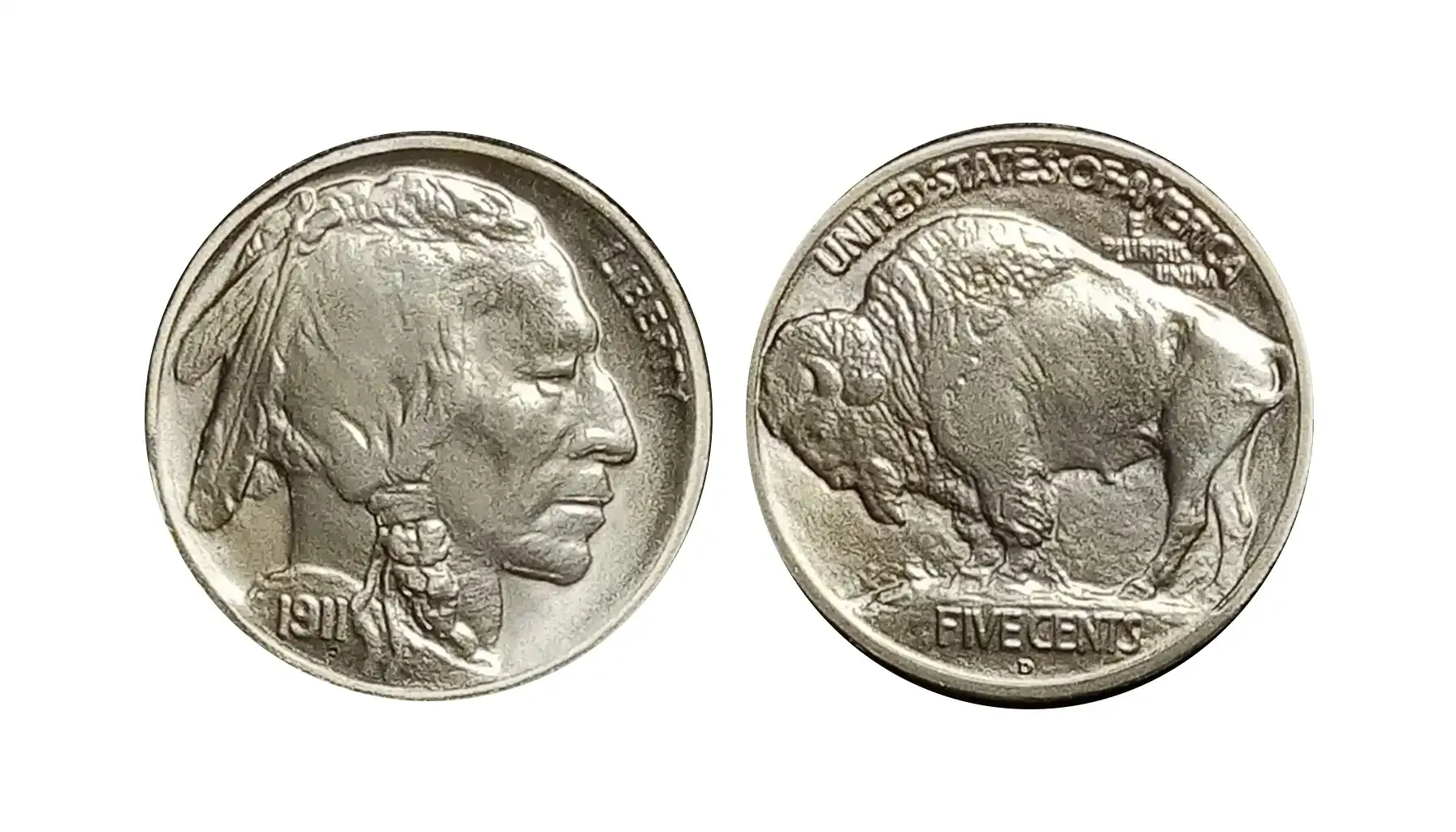
Name | 1911 Buffalo Nickel |
Special Features | Features the design of the classic Buffalo Nickel (Indian Head and Buffalo) but bears the date "1911," which is earlier than the official U.S. Mint release year of 1913. It is privately minted, not an official U.S. coin. |
Mintage | Extremely Low / Unknown (These are private productions; no official mintage figures exist from the U.S. Mint. Specific private mintages vary by creator, often limited.) |
Price | $50 - $500~ (Value depends heavily on the specific private mint that produced it, its rarity among other fantasy issues, and collector demand. It is not determined by standard numismatic guides for official U.S. coins.) |
Historical Context
These fantasy pieces appeal to collectors who enjoy the artistry and speculative nature of coins that could have been, or that combine elements in a way the official mint never did.
This date is particularly intriguing because the Buffalo Nickel design was indeed conceived in 1911. However, the coin was not adopted for production until 1913. Therefore, a privately minted version serves as a numismatic curiosity, bridging the gap between design conception and official issuance.
"Types" of 1911 Buffalo Nickel Tokens
The "types" of these 1911 Buffalo Nickel tokens would vary depending on the private mint or individual creator. For instance, some well-known examples include:
Daniel Carr's 1911-D Buffalo Nickel: These are privately produced "overstrike" coins by Daniel Carr, often featuring a "D" mint mark. They are recognized by private grading services as fantasy issues, such as the "1911-D Daniel Carr Token Buffalo Nickel ANACS MS-70". The specific details (e.g., precise design variations, presence of a mint mark, metallic composition) would depend on each unique private production run.
In conclusion, exploring the 1911 nickel reveals a rich tapestry of American history and numismatic intrigue. Whether you possess a circulating 1911 Liberty Head Nickel with its characteristic "V" on the back, a pristine proof specimen, each coin tells a unique story. Understanding how condition and rarity impact the 1911 V nickel value transforms a simple coin into a tangible piece of the past. The journey of discovering how much a 1911 V nickel is worth ultimately enriches your appreciation for these small, yet significant, historical artifacts.

